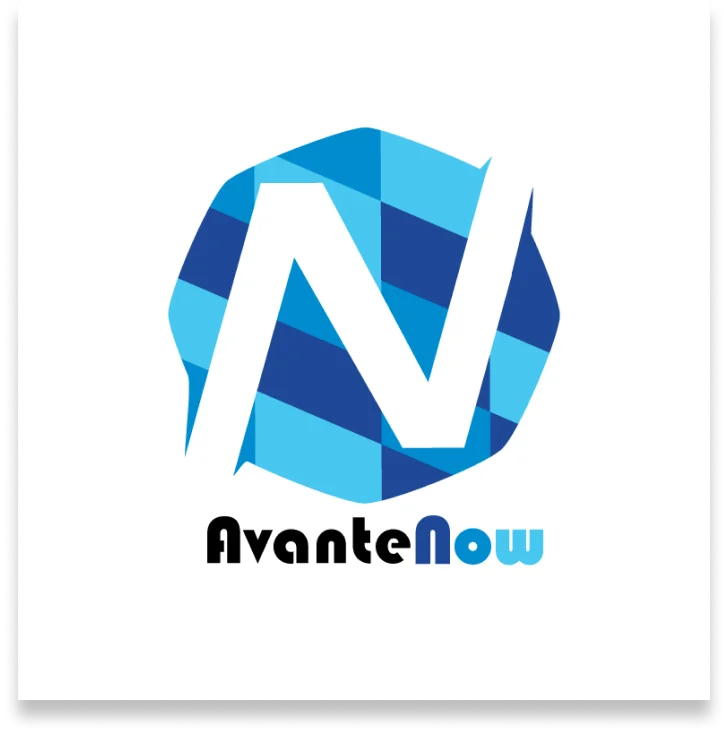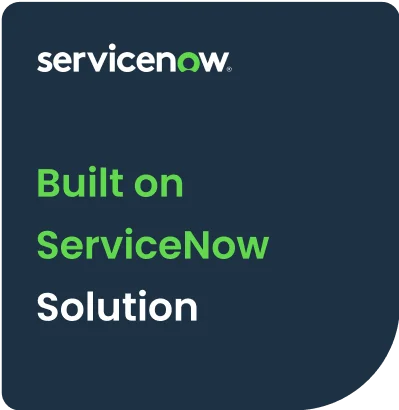Software asset management is a business approach that takes responsibility for software usage by tracking expenditures, deployments, software licenses, and license compliance for all end-users involved in the program.
Retail, agriculture, health, construction, or finance no matter what industry you’re in, all rely on software to make their jobs simpler, faster, and more precise. Back in the old days when you wanted to install Microsoft Word for your staff, you simply purchased the discs, installed the program, and you were done. The procedure is now much more complicated. Software has evolved into a double-edged sword that is both useful and important, but also cumbersome – and even unpleasant. Therefore, businesses must have a defined, proactive strategy for asset management in order to minimize unnecessary costs and difficulties.
As software license agreements pile up, vendor audits become more aggressive, and your company’s software budget becomes more difficult to stick to Software asset management is more vital than ever. Over the last decade, Software Asset Management (SAM) has gained popularity as a business strategy. As the number of software assets acquired and used grows, so does the necessity for appropriate management. The end-to-end software acquisition life cycle can be managed and optimized using software asset management principles, often known as IT asset management (ITAM) methods.
Not all software, however, may be considered an asset. Software assets are tools for which you buy licenses, and your software could be an on-premise solution or a cloud-based platform. Everything from software purchase and license management to software usage and disposal should be covered by an ideal SAM strategy. Managing SAM with antiquated tools like spreadsheets, on the other hand, is time-consuming and inefficient. Procurement managers can always use software asset management solutions to quickly execute a SAM strategy.
What is Software Asset Management (SAM)?
Software asset management (SAM) is a business concept that allows businesses to quickly recoup budget and enhance value by actively monitoring and automating the acquisition, use, and deployment of software licenses and subscriptions as a whole. SAM is a technical strategy that allows an organization to keep track of the number of software licenses acquired versus the number of licenses consumed or used. It simply means that there are various good reasons why software asset management is crucial for your company as a whole. According to reports, there’s a global shift in patterns with respect to SAM, and the market is expected to grow by around 3.83 billion by 2026.

Advantages of implementing a Software Asset Management system across an entire business
Organizations can quickly reduce their software and support costs with the help of SAM by negotiating volume contract agreements and removing or reallocating underused software licenses. Simultaneously, businesses may boost employee productivity by adopting the appropriate technology more seamlessly and rapidly.
By automating IT activities like inventory tracking and software deployment, businesses can minimize the costs of managing and supporting software. For businesses centered around a software asset management strategy, having the tools and processes in place to make better software licensing decisions not only increases productivity but also saves money.
There are three main areas to pay attention to in order to experience success with a SAM strategy:
- Software licensing: SAM is primarily concerned with keeping your company compliant, as software manufacturers do not want you to use more of their software than you have purchased or licensed. Thus, it lets you keep track of the fine print, such as renewal dates and compliance terms and specifications.
- Software audits: Vendors frequently conduct software compliance audits to ensure that your team is correctly using the application. If you don’t comply, expect to be charged a fee or face a penalty.
- Software optimization: You can be sure your money is being spent wisely when you make the most of your tech stack by ensuring every application is being used effectively, you’re not paying for too many users, and you’re passing all of your audits.
Conclusion:
The ServiceNow Software Asset Management application assists an organization in tracking the number of licenses it has for each software vendor, as well as the number of empty or underused seats, allowing you to assess overall utilization within the company. As a result, businesses can renegotiate their contracts with vendors whose licenses aren’t being completely utilized, and transfer those licenses to employees who are in immediate need of them. Thus, SAM allows you to get the most out of your software packages and solutions.
SAM is a subsection of IT asset management that deals specifically with the company’s software assets. This IT discipline was essentially non-existent in the days of physical discs, and it was certainly considered superfluous. However, since the introduction of subscription-based licensing SAM has changed dramatically. Furthermore, one could argue that the move to Software as a Service (SaaS) has transformed SAM from a “good to have” to a “must-have.”



